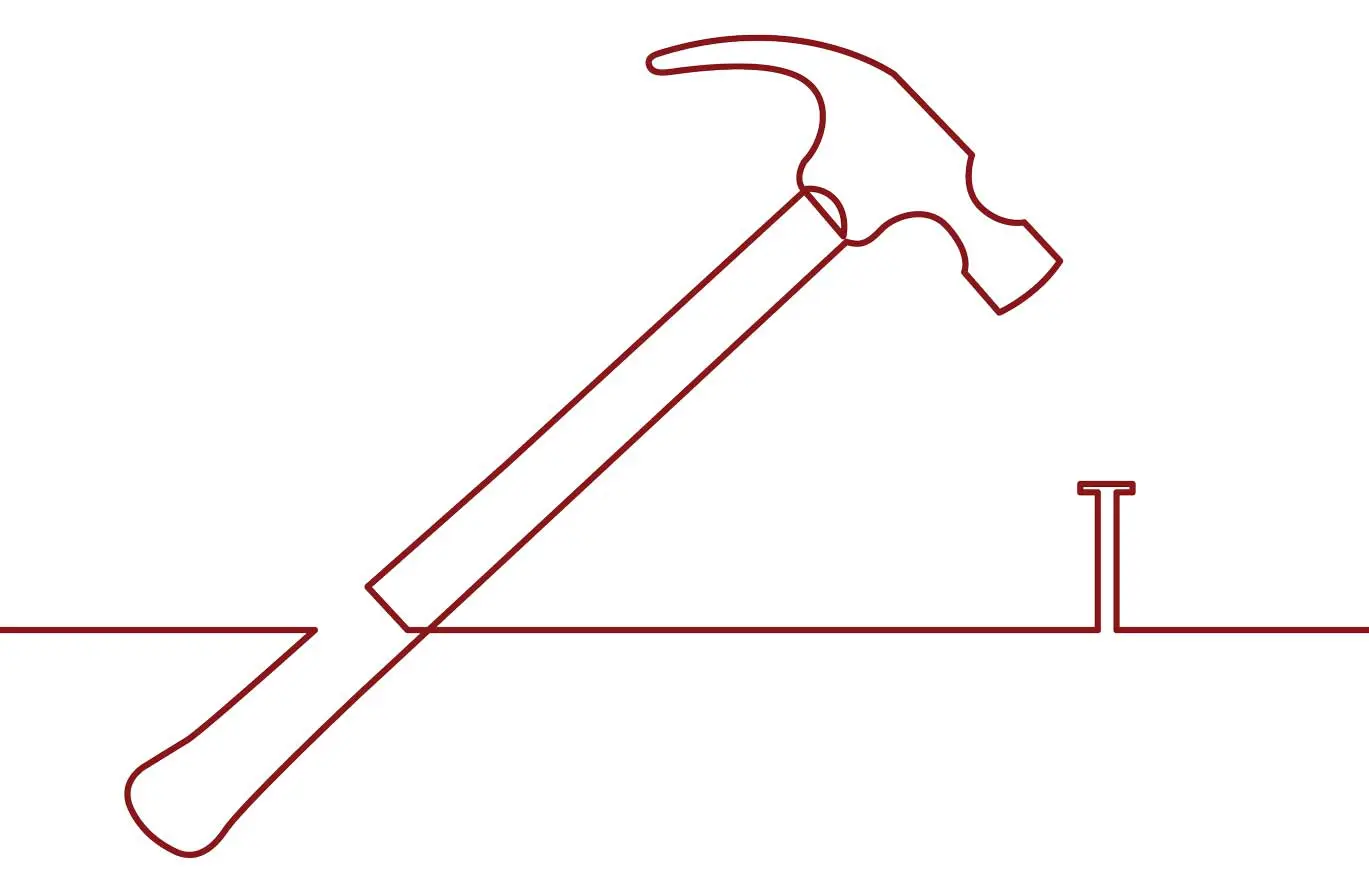The Hammer or the Nail: Compliance Through Force Versus Culture Through Strategy
By MR. RYAN MEEKS, 62D AW/SEG
My father likes to say, “In life, you can be a hammer or you can be a nail, but you can never be both; which one are you?†I always took this saying to mean that you can be either a leader or a follower. You can be the one giving orders or the one taking them, and, to me, that was a simple choice. Be the hammer, right? When I told him I was a hammer, he said: “Really? Brute force and no brain? That does not seem like you at all.â€
When I was young, I thought this phrase was just another one of my dad’s crazy sayings, but later in my military service I would learn its true meaning. I learned that being a hammer can be effective, but it has limited use and is not versatile. The only thing a hammer knows how to do is hammer things, and it sees every problem as a nail. The nail is the piece that holds things together, is invested in the project, and is there for the long haul. It is important to have the correct nail in the correct place to hold the structure together.
COLLABORATION IS KEY
A safety office should strive for an interactive, multidisciplinary approach to incorporating its program into the culture of the employees. Safety offices with good rapport, friendly and attentive inspectors, and subject-matter experts who advise supervisors on how to conduct safe operations while still being productive are successful at mitigating risk because of mutual trust between advisory specialists and employees. Conversely, safety offices that focus on compliance through force foster an environment of rigidity and punishment-based compliance. Programs of this nature look amazing on paper and will pass an inspection, but once the safety inspector is gone, the employees will revert to their old ways. Safety managers and representatives with this policing-type mentality become “safety hammers.†Employees will only do what is needed to avoid getting yelled at or punished, and they will not work to improve the safety program and culture.
Safety hammers are important, as small safety violations need immediate attention. These individual violations need hammering in with extreme prejudice. This style is typically rigid, by the book, often abrasive, and less attractive.
Safety hammers have their place in programs, but programs led by hammers are often dysfunctional and likened to being policed versus being one of change.
Safety professionals who take on the belief that they are there to forge connections and bonds will strategically target individuals who influence the other employees. Safety culture changes happen from within. It can be an arduous process to go around hammering everything at every unit and facility, and the effects are minimal. Strategically placing a safety-minded individual can hold together a safety structure; in effect, this individual becomes the nail.
BUILDING THE STRATEGY
Developing a safety strategy for a section can be difficult if you are unfamiliar with the personnel and what they do. Having a general understanding of the group mission, work parameters, and previous safety issues is an excellent place to start. The first and most crucial step is understanding what the employees do.
Leaders must venture out of the office and put boots on the ground to gain a bottom-up perspective. The safety perspective of the maintenance squadron is much different than that of the command post.
Leaders must understand each person’s job and the specific hazards of the job to develop a workable and comprehensive program for implementation. Secondly, safety professionals must know who presently runs the safety program locally. Often, the local Unit Safety Representative (USR) is a “volun-told†(told to volunteer) position, which can create issues. Personnel who do not desire to be in the position are going to perform poorly because they do not care. Safety professionals can quickly spot these individuals and help develop them, or, more ideally, they can make recommendations to the commander for better options for that position. The safety culture in a unit is a direct reflection of the commander’s intent; therefore, personnel who are creative, attentive, and engaged are appropriate choices for this position. Personnel who are task-saturated, awaiting PCS (permanent change of station) or ETS (expiration term of service) orders, or undergoing disciplinary issues are poor choices for such an important program representative.
Lastly, and most importantly, for a safety program to be successful, you must have employee buy-in. Commanders must be in tune with their supervisors, and the supervisors must be well-informed and familiar with their employees. Supervisors who are engaged and lead by example tend to have employees who do the same. If supervisors are complacent, disengaged, or disinterested, then it is only logical to think that their employees will be as well.


